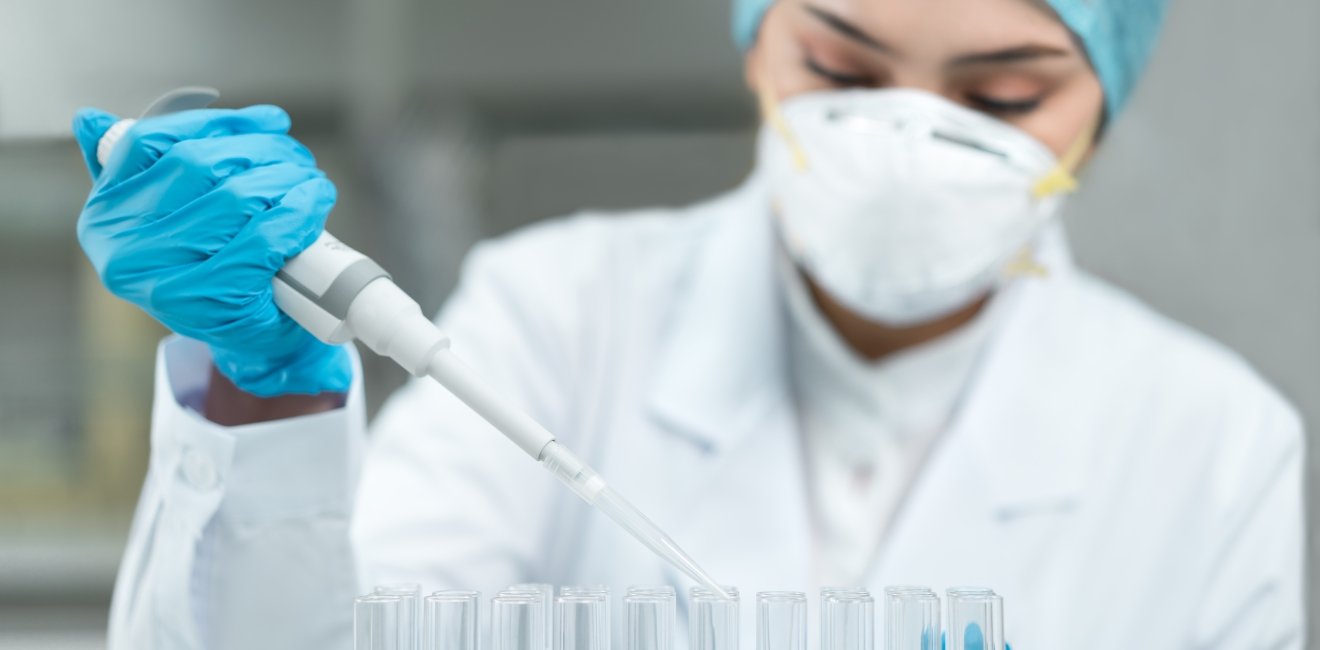
A blog of the Kennan Institute
BY JUDY L. TWIGG
Expectations couldn’t have been lower for this week’s Biden-Putin meeting in Geneva. We were told to expect few (or no) deliverables, and that’s exactly what we got. From the American perspective, the primary goal appears to have been achieved: a mutual summing-up opportunity for the two presidents, a chance for President Biden to show resolve and demonstrate convincingly to his Russian counterpart that “America is back.”
The framing of the meeting in these terms shows just how fractured the bilateral relationship has become. Areas of potential engagement where mutual interests may have once appeared self-evident, such as terrorism, climate change, and the Arctic, are now rightly suspect in the context of Putin’s brutal crackdown on dissent and threatening moves on the Ukrainian border. Even crisis-driven cooperation on COVID-19 is fraught with land mines, given the Russian government’s aggressive vaccine disinformation activities. Are there any avenues left for productive collaboration between the United States and Russia?
One possible positive answer: science. Over the past nine months, I have had the privilege of moderating, jointly with the Kennan Institute and the Stimson Center, a working group of Russian and American professionals active in the fields of epidemiology and public health. These physicians, scientists, and public health experts have candidly exchanged views on the motivations for and obstacles facing those in both countries who might find mutual benefit in the shared pursuit of scientific inquiry and its application to some of the most pressing medical and health challenges our societies confront.
The primary message emerging from this group is that U.S.-Russian health-focused scientific collaboration has persisted in the post–Cold War period through the present day, despite the volatility of the political environment. A small but robust set of existing partnerships, most in place for a decade or more, continues to generate important results, which are published in the top peer-reviewed international literature. In fields spanning addiction and infectious disease, genetic epidemiology, non-communicable disease prevention and control, genomic medicine, and health metrics and evaluation, there are scientists who persistently find that the benefits of working together outweigh whatever political, financial, institutional, or logistical hurdles they encounter. First and foremost, they value the science, and there are areas where they’re convinced they can make more progress together than apart.
That said, the members of the working group are not naïve about the political and institutional obstacles confronting anyone trying to get a new U.S.-Russian partnership off the ground. They unanimously agree that it would be nearly impossible to re-start their existing collaborations from scratch today. These partnerships owe their continued success and longevity to deep personal relationships built over years of joint work, as well as acquired facility in navigating bureaucratic labyrinths—often managed by an experienced “fixer,” someone fluent in both languages and systems who knows how to solve unexpected problems when they inevitably arise.
The working group also noted that, of all the prerequisite ingredients for successful partnership, scientific merit is at the top of the list. Young scientists will not invest their valuable time in collaboration unless there is strong potential for career enhancement and meaningful results. They’re not interested in science for the sake of diplomacy (and, as Gerson Sher has eloquently argued, it’s not clear that works anyway). And it’s the young scientists who are key to preserving and enhancing what’s been built. Many of the leading personnel with long experience in U.S.-Russian science and health cooperation approached the peak of their careers in the immediate post-Soviet period, and they’re now retiring. If we lose the “muscle memory” for collaboration, without a new generation stepping in to continue the work, it will be hard to get it back.
In light of the challenges of launching any new scientific partnerships in the current environment, the most practical and effective way to support joint U.S.-Russian work may therefore be to reinforce and expand existing collaborations with a focus on the next generation of investigators. Grand initiatives seem unlikely, but even modest efforts—probably better centered in private business or foundations than exclusively with governments—could creatively entice adventurous Russian and American graduate students and post-docs to laboratory placements or fieldwork as part of ongoing projects in each other’s countries. Relatively small investments in this direction could deepen the bench in ways that ensure sustainability into the next generation.
The members of our working group sounded several cautionary notes. They acknowledged growing constraints on and risks to Russian researchers, while stressing that top Russian university faculty are encouraged and incentivized by their own government to collaborate with foreign partners (including Americans), participate in international meetings, and publish in top Western journals. They recommended prioritizing areas of collaboration where the scientific contributions and funding support stem equally from both sides. Most of them advised against one-off conferences and workshops, events that are more likely to raise false expectations and waste time than produce anything of value. Finally, the group suggested looking to existing multilateral institutions—the World Health Organization, the Global Burden of Disease group, scientific associations and societies—to sustain work in areas where bilateral cooperation may be stymied.
Benefits from Cooperation
Why bother? American scientists can and do find partners everywhere in the world, and it’s easy to argue that support specifically for work with Russia isn’t worth the effort and risk. There’s fully justified reluctance to engage in any activity that might strengthen or appear conciliatory toward Putin’s corrupt, increasingly repressive regime. But there are compelling reasons to move forward. Even at the height of the Cold War, U.S. and Soviet scientists and physicians worked closely together to develop the oral polio vaccine and eradicate smallpox. Science may not fully transcend politics, but tackling common challenges in an area as fundamental as human health can build security for everyone. American science can benefit, too: Russia has areas of comparative advantage—writing code, experience with some infectious disease populations –that can complement strengths on the U.S. side. Perhaps most important, scientists and health professionals in every society can serve as independent voices defending truth, rationality, and modernity. Bilateral science and health partnerships can help inoculate both countries against the rampant disinformation that threatens democratic progress everywhere. They can keep lines of communication open with a key group of independent thinkers in Russian society. Over the long term, beyond this week’s presidential meeting and beyond Putin, there is much to gain from sustained professional relationships, and from clearing the way for the best science to emerge.
The opinions expressed in this article are those solely of the authors and do not reflect the views of the Kennan Institute.
Author

Professor of Political Science, Virginia Commonwealth University

Kennan Institute
After more than 50 years as a vital part of the Wilson Center legacy, the Kennan Institute has become an independent think tank. You can find the current website for the Kennan Institute at kennaninstitute.org. Please look for future announcements about partnership activities between the Wilson Center and the Kennan Institute at Wilson Center Press Room. The Kennan Institute is the premier US center for advanced research on Eurasia and the oldest and largest regional program at the Woodrow Wilson International Center for Scholars. The Kennan Institute is committed to improving American understanding of Russia, Ukraine, Central Asia, the South Caucasus, and the surrounding region through research and exchange. Read more

Explore More in The Russia File
Browse The Russia File
Chechnya as a Model of Modern Russia

Russia’s Indigenous Communities and the War in Ukraine

Gas and Power in a Changing US–Russia Relationship

